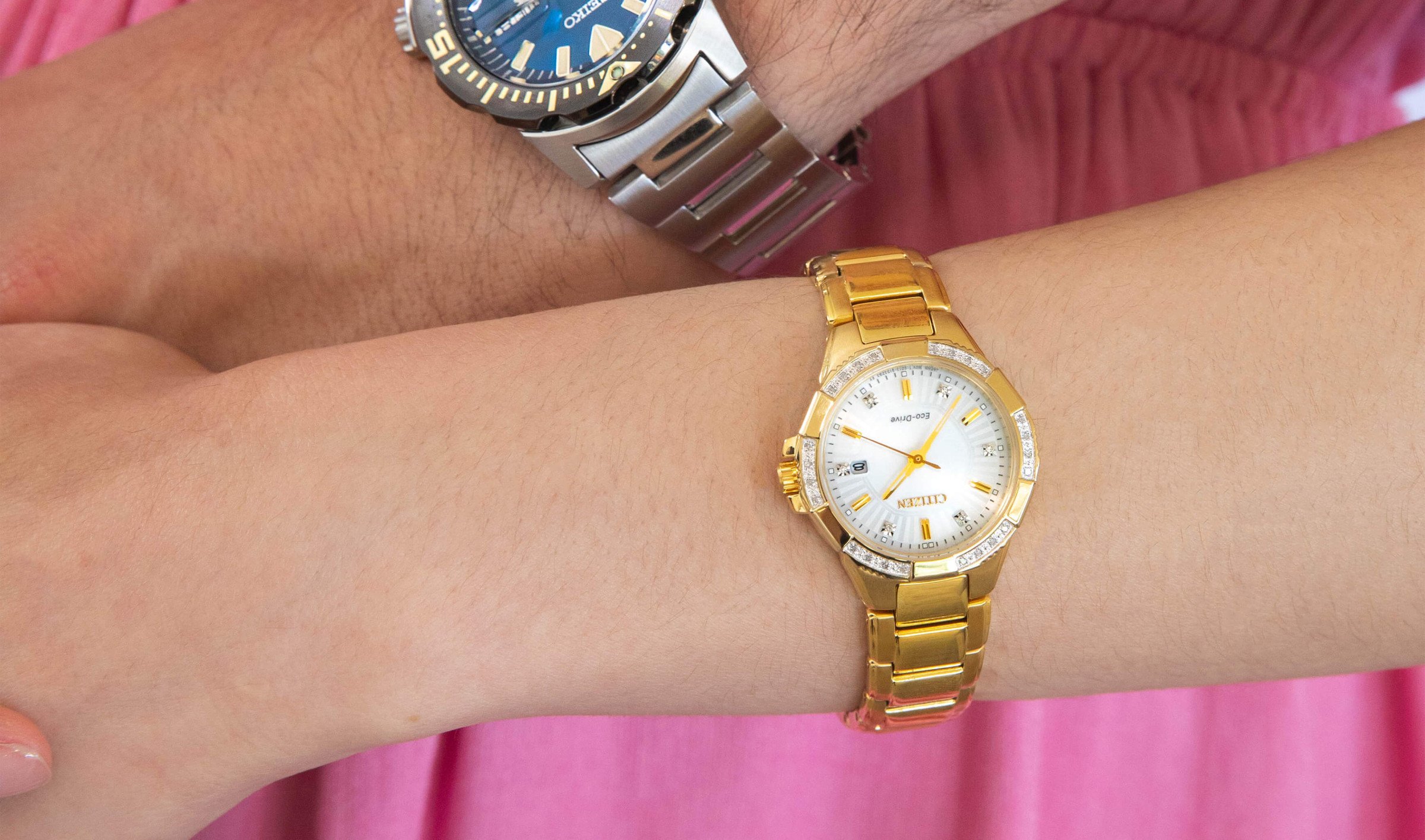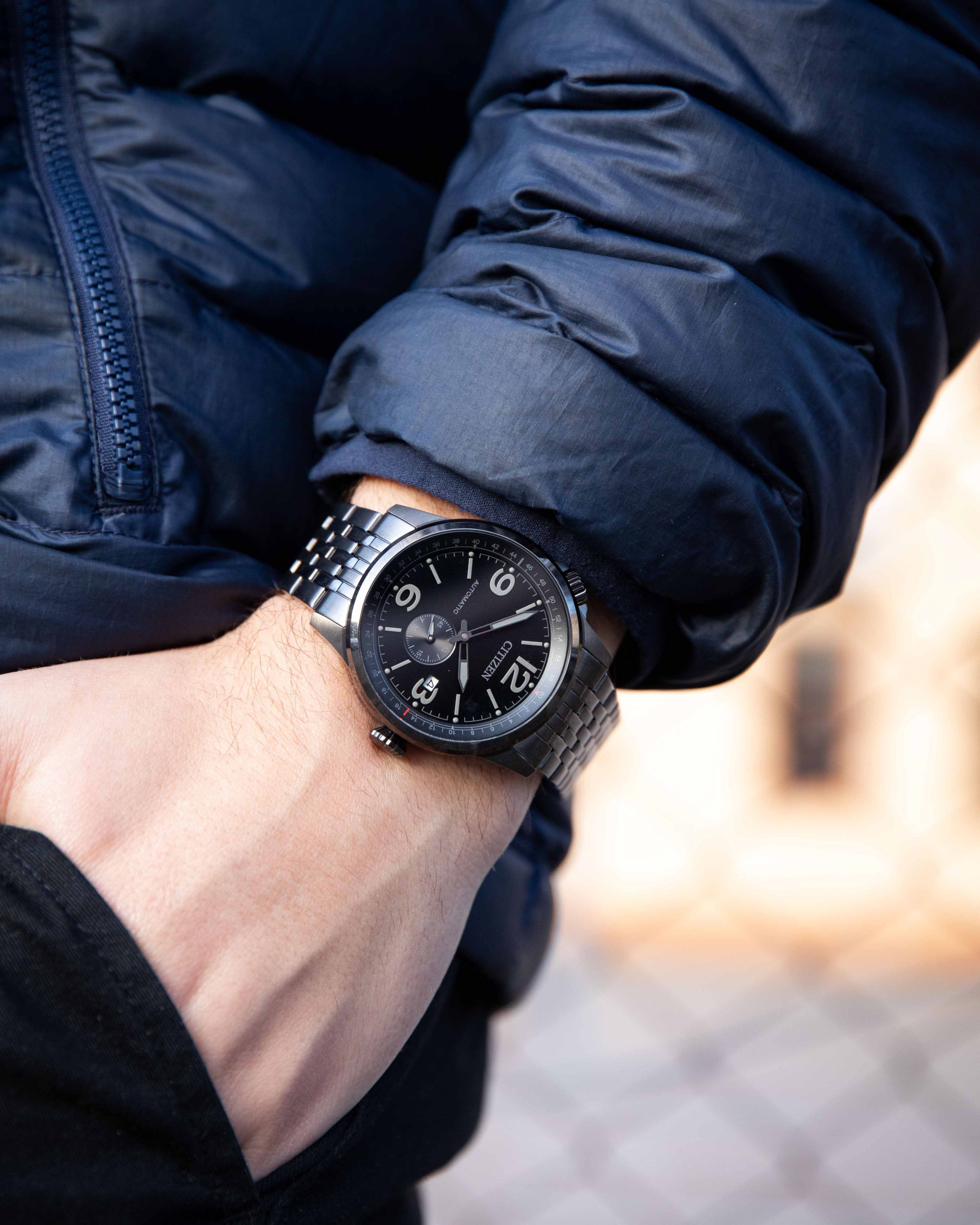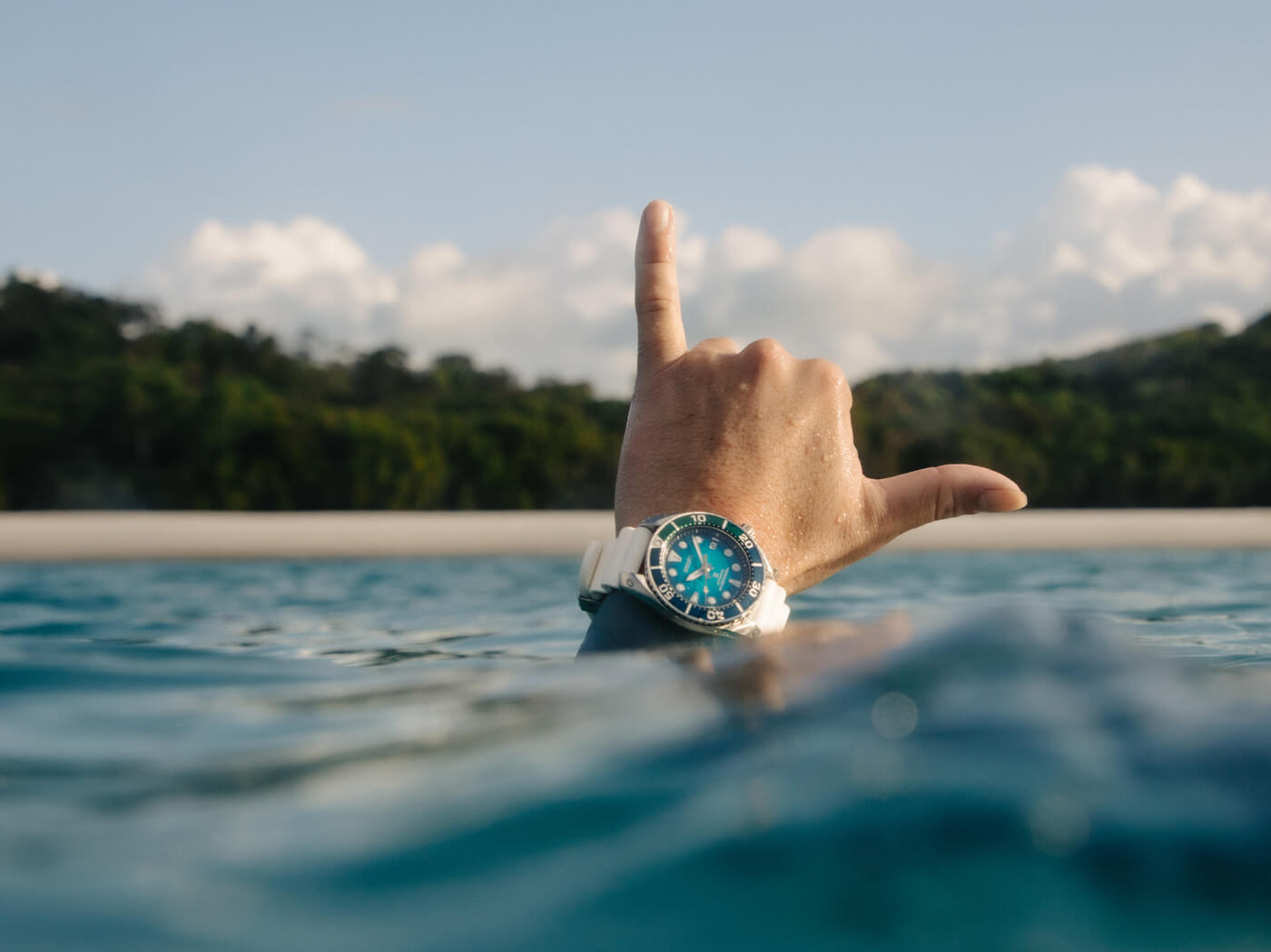Watches are a wonderful accessory that can effortlessly transform a look from dull to fabulous. With an immense variety of watches ranging from the simplest yet elegant pieces to statement watches, there is something for everyone and for every occasion. But what many people fail to realise is that choosing the right watch depends largely on its size. The watch may look shabby if does not fit your hand properly. To prevent a shabby look, it is essential that you choose your options wisely. In this article, we explain what to look for when choosing a watch for any purpose, including tips for choosing the correct watch sizes for your wrist.
So, what are the key parameters to assess when choosing the correct watch size for your wrist? For many, a watch may seem like a very simple accessory with limited room for variation; it either looks good on you or it doesn’t. However, there are a number of components to consider including the diameter of the watch, the width of the band of the watch, the thickness of the watch and whether it feels comfortable, and its overall proportions. The overall proportions are essential to consider when determining whether the watch is suitable for someone. In this Shiels watch guide we explain all things watches. The following key tips for measuring your correct watch size can help you find the best options for your every look.

Tips for Choosing the Correct Watch Sizes for Your Wrist
Find out all you need to know below.
Know How Watches Are Sized
The first thing you need to know before learning how to measure the watch size is how watches are typically sized. Watch sizing involves a variety of criteria including the case diameter as well as its thickness, lug attachments and their width, the size of the dial, the band width, and more. Typically, watches are measured in millimeters and can vary significantly, even though the difference between a 4mm and 6mm watch size may not seem very big. Assessing the component sizes is essential for checking how suitable a particular watch is for a particular wearer.
Watch Case Diameter
The watch case diameter is among the most important elements to measure before buying a watch. To measure the diameter of the watch case, you can use a ruler and measure straight across horizontally from one end to another. However, make sure that you do not include the crown of the watch in this measurement. If you are looking for watches that make a statement, or appear bolder on your wrist, choose a larger option. If you wish to get a more refined and elegant look, choose a smaller option that will fit your wrist perfectly.

Always Measure Your Wrist
An essential aspect to finding the ideal watch size is measuring your wrist size. This is a good idea for when you are shopping for watches online as well, as it ensures that you choose an option will look good and feel comfortable in the long term. In order to properly measure the size of your wrist, take a measuring tape and wrap it around your wrist at the exact spot where you would usually tie your watch. This helps you to find the exact wrist measurement and determine which watch would suit you perfectly. By doing this, you will avoid any discomfort in the long term.
How to Measure Your Wrist for a Watch Sizing
Learning how to measure your wrist for a watch size is vital to ensure you get accurately sized watches for yourself or for someone you love. Once you have the size of the wrist measured, it must be recorded and measured against watch sizes. If you use a piece of string or a strip of paper instead of a tape measurer, make a mark on the spot where the two ends cross each other and use that as the measurement to compare all options. Be sure to measure the case diameter first to assess its size, followed by the band size.
Select the Size of the Watch Band
The size of the watch band needs to be measured in terms of its length and its width. For measuring the length, measure your wrist size and add half an inch to one and a half inches more to that value. This will help you to get the ideal band size. Be wary that the band size may vary based on the kind of watch you purchase. In terms of the width, you need to measure whether the case diameter suits your wrist size or not. If it is a suitable measure, check whether the band size is half of that value or larger. Typically, the band should be half the size of the case diameter.

Always Try Before You Buy
Our last tip for picking the right watch for your wrist is to always try on the watches before making your purchase. Try to always go to a store to buy a watch. However, if you choose to purchase online, find places that offer a trial experience or hassle-free returns in case the watch is not suitable for your wrist. Before purchasing a watch, wear it to ensure that it is not too tight or too loose. The watch should also look just as good on your wrist as it did on the display.
Frequently Asked Questions
How Can I Adjust My Watch Size?
Adjusting the size of a watch depends on the type of watch you purchase. Generally, only watches with links can be adjusted to match someone’s wrist size. To adjust them, you can have links added or removed from the band of the watch. This is a simple and quick method to adjust the watch.
How to Care for My Watch
The care instructions for different kinds of watches vary based on the materials of the different components. For instance, if the watch band is made of suede material, it cannot touch water. Similarly, the care instructions can vary depending on the kind of material of the band and the dial, as well as the unique features on the watch. Due to this, it is essential to ask the sellers about the care instructions when you purchase a watch.
How Long Do Watches Typically Last?
Different kinds of watches have different lifespans. The lifespan of watches also depends on how well a person handles them. For instance, mechanical watches can last for decades with proper care. On the other hand, smartwatches generally last between 2 to 5 years depending on the level of care provided.












